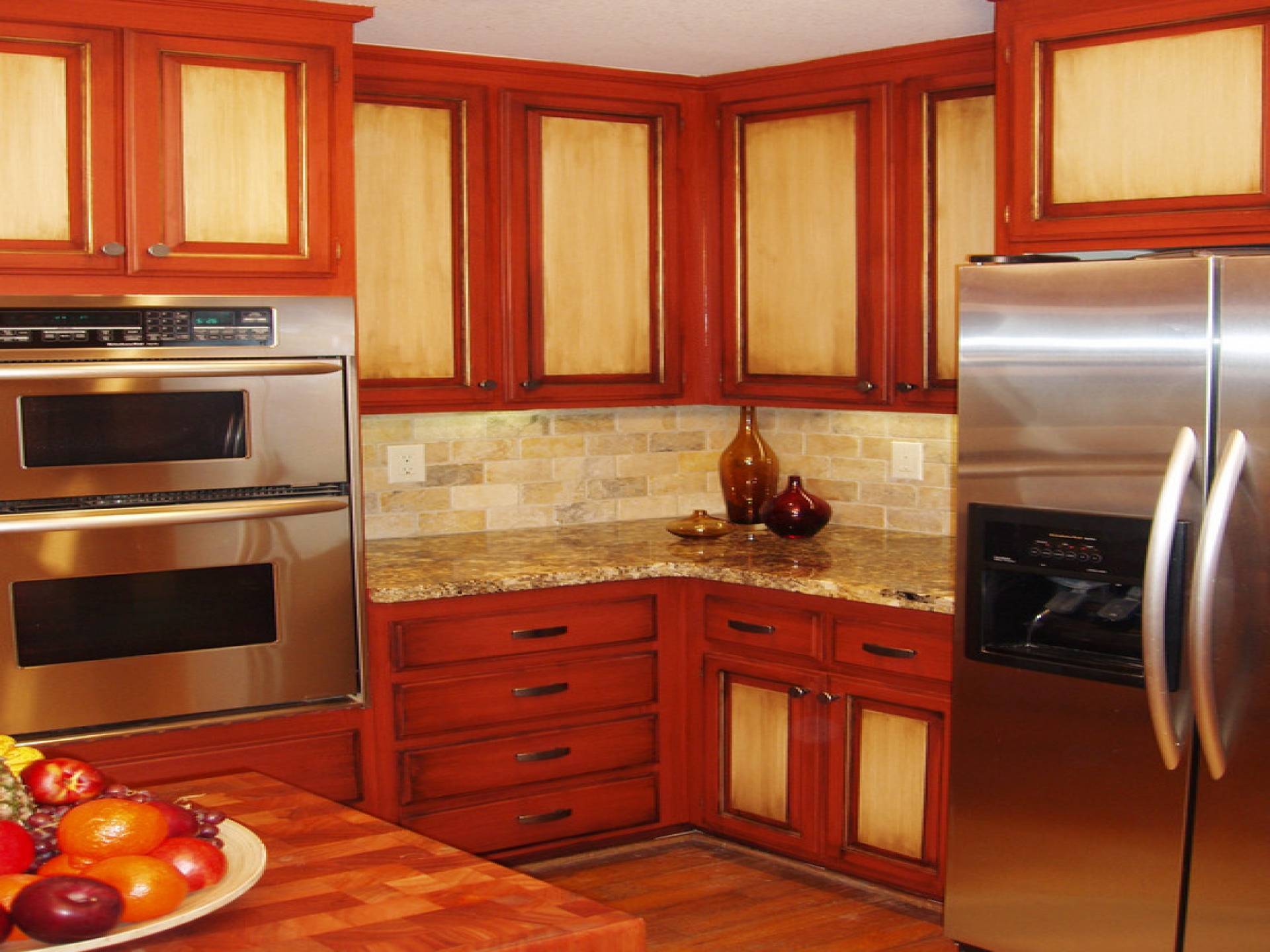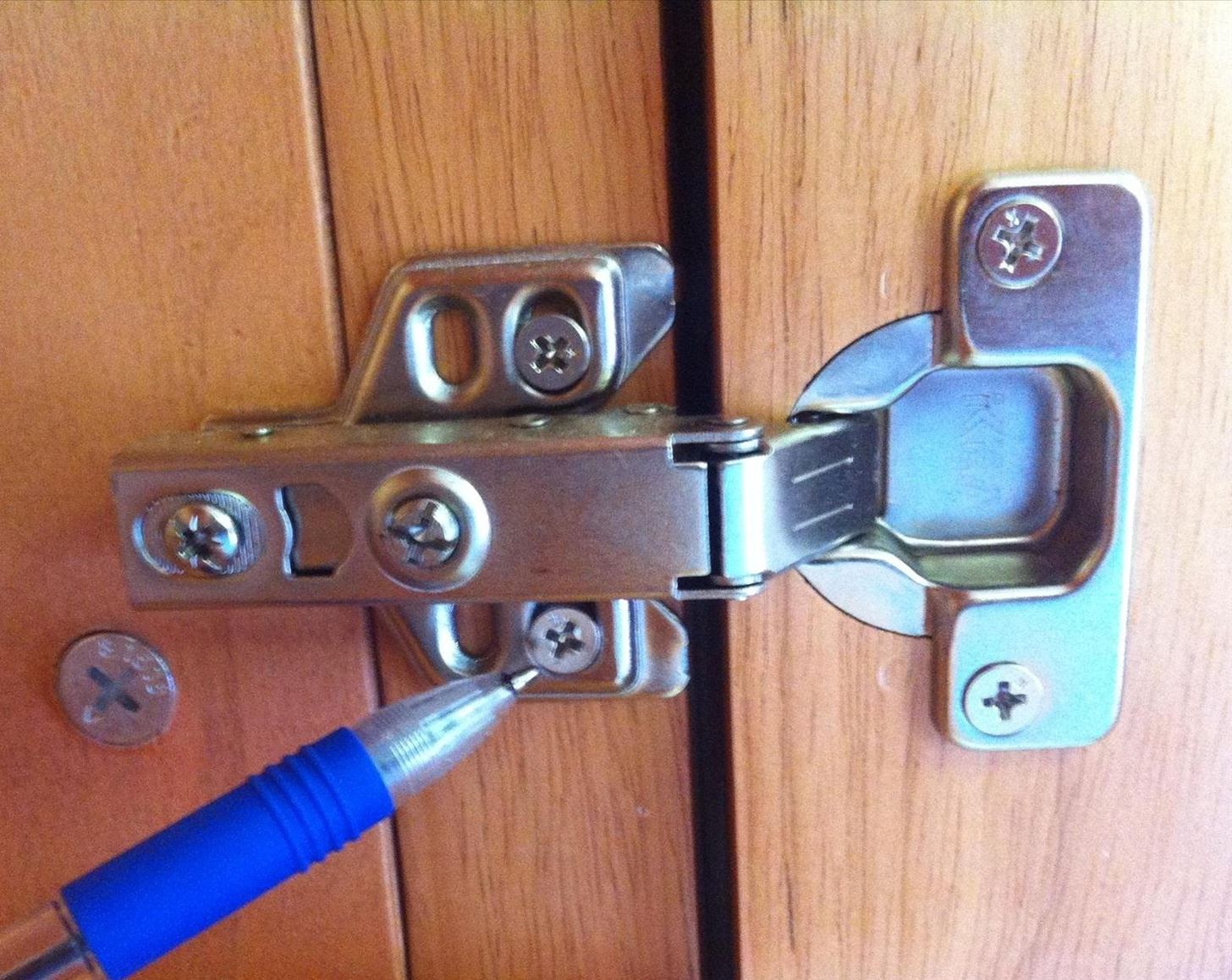Types of Trim for Cabinet Doors: Adding Trim To Cabinet Doors

Ah, my dear friend, the finishing touch! The trim on your cabinet doors, it’s the jewelry, the subtle flourish that elevates the entire piece from good to magnificent. Choosing the right trim is an art, a delicate dance between durability, aesthetics, and of course, your budget. Let’s explore the options, shall we?
Materials Used for Cabinet Door Trim
The world of cabinet door trim offers a diverse palette of materials, each with its own unique character and properties. Wood, PVC, and metal are among the most popular choices, each possessing distinct advantages and disadvantages.
Wood, the classic choice, exudes warmth and sophistication. Its natural grain and variations offer a timeless beauty, complementing a variety of styles. Hardwoods like oak or cherry are highly durable and can last for decades with proper care, though they come with a higher price tag. Softer woods, while more affordable, may require more maintenance and are susceptible to scratches and dents. The installation involves precise cuts and careful gluing, often requiring advanced woodworking skills.
PVC, or polyvinyl chloride, is a more modern and cost-effective alternative. It boasts excellent water resistance, making it ideal for kitchens and bathrooms. PVC trim is relatively easy to clean and maintain, and comes in a wide array of colors and finishes, mimicking the look of wood or even metal. However, it lacks the natural warmth and character of wood and can appear less sophisticated to some. Installation is typically straightforward, involving adhesive or mechanical fasteners.
Metal trim, often aluminum, offers unparalleled durability and resistance to damage. It’s a perfect choice for high-traffic areas or homes with active children. Aluminum is lightweight, easy to clean, and can be powder-coated in a multitude of colors. While it’s typically more expensive than PVC, its longevity makes it a worthwhile investment in the long run. Installation may involve drilling and screwing, requiring some handyman skills.
Installation Methods for Wood and PVC Trim
Let’s delve into the practicalities of installation, focusing on wood and PVC.
Wood Trim Installation
First, precise measurements are paramount. Measure twice, cut once, as they say. Use a high-quality miter saw for clean, accurate cuts. Apply a high-quality wood adhesive to the back of the trim piece, ensuring even distribution. Carefully position the trim against the cabinet door, aligning it perfectly. Clamp the trim firmly in place, allowing the adhesive to set completely according to the manufacturer’s instructions. Once dry, you can add finishing nails for extra security, carefully countersinking them and filling the holes with wood filler. Sand smooth and finish with paint or stain to match your cabinets.
PVC Trim Installation
For PVC, the process is often simpler. Again, precise measurements are key. Many PVC trims utilize adhesive backing for easy installation. Clean the surface of the cabinet door thoroughly to ensure proper adhesion. Peel the backing from the adhesive strip and carefully press the trim firmly against the door, ensuring complete contact. Use a putty knife or similar tool to smooth out any air bubbles. For added security, you can use small finishing nails or construction adhesive to further secure the trim.
Comparison of Trim Materials
| Material | Cost | Durability | Aesthetic |
|---|---|---|---|
| Wood | High | High (depending on wood type) | Natural, warm, classic |
| PVC | Medium | Medium | Versatile, can mimic other materials |
| Aluminum | High | Very High | Modern, sleek, durable |
Installation Techniques and Finishing Touches

Ah, my dear apprentice, the moment of truth arrives! We’ve chosen our trim, now we must marry it to the cabinet doors with the precision of a master craftsman. This is where the heart of the project resides – the delicate dance between adhesive, wood, and your steady hand. Let’s ensure a union as strong and beautiful as any masterwork.
Trim Adhesive Selection and Suitability
The choice of adhesive is paramount. A poor choice can lead to gaps, warping, or even complete failure. Consider these options, each with its strengths and weaknesses:
Adding trim to cabinet doors – Wood glue is a classic choice, known for its strong bond and natural origin. It’s ideal for wood-to-wood applications, offering excellent adhesion and long-term durability. However, it requires precise application and clamping for a strong bond, and cleanup can be tricky if it oozes out.
Construction adhesive, often a polyurethane-based formula, provides a robust bond and excellent gap-filling properties. It’s forgiving of minor imperfections in the surfaces, making it suitable for less-than-perfect fits. However, it can be messy and requires careful cleanup, and it’s not as easily reversible as wood glue.
Liquid nails, a type of construction adhesive, offers similar benefits to general construction adhesive. Its high viscosity is helpful for vertical applications, preventing the trim from sliding down before it sets. However, it can be even messier than other adhesives and requires thorough surface preparation to ensure optimal adhesion.
Applying Adhesive and Securing Trim
Now, for the application itself. Remember, my friend, patience is a virtue in this craft. Rushing leads to regret. Apply the adhesive in a thin, even bead along the back of the trim, avoiding excessive amounts. Too much adhesive will squeeze out, creating a mess.
Always work in a well-ventilated area, and wear appropriate safety gear, including gloves and eye protection, when working with adhesives.
For wood glue, use a clamping system to ensure even pressure and a strong bond. For construction adhesive, use weights or clamps if necessary, allowing the adhesive to cure completely before removing them. Precise alignment is crucial. Use a measuring tape and a square to ensure the trim is straight and level before the adhesive sets.
Once the adhesive has cured, carefully remove any excess squeeze-out with a damp cloth or putty knife. This is a critical step for a clean, professional finish. Do not use harsh chemicals or abrasive materials to remove adhesive, as this could damage the trim or cabinet door.
Achieving a Clean, Professional Finish, Adding trim to cabinet doors
The final touches are what elevate your work from good to exceptional. After the adhesive has cured, inspect the trim for any gaps or imperfections. Use wood filler to address any minor gaps, ensuring a seamless transition between the trim and the cabinet door. Once the filler is dry, sand it smooth and then apply your chosen finish, ensuring consistency with the existing cabinet finish.
Remember, my apprentice, the beauty of woodworking lies in the details. Take your time, be precise, and your work will reflect the passion and care you’ve put into it.
